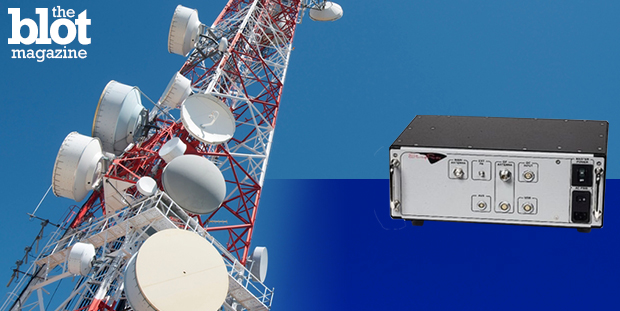Federal law enforcement officials have been using controversial cellphone surveillance tools to locate and track criminal suspects in a wide range of investigations, according to a recently surfaced statement by Federal Bureau of Investigation (FBI) Director James Comey.
At a media appearance in October, Comey acknowledged use of cellphone surveillance tools in order to track kidnappers, pedophiles and drug dealers — whom he collectively referred to as “the bad guys.”
One such surveillance tool largely believed to be use by federal and local law enforcement alike is a “StingRay,” a device that mimics a cellphone tower and forces all phones within a given radius to connect to it so that police can track things like call and location information of criminal suspects.
The devices are leased to law enforcement officials by the Florida-based Harris Corporation. Invoices released pursuant to public records requests reveal the devices cost local law enforcement hundreds of thousands of dollars to acquire. In some cases, the devices are acquired with grant money provided by the Department of Homeland Security; often, police departments cite the need to combat terrorism as a reason for needing such a device.
Read more: TheBlot Magazine’s Ongoing Coverage of Government StingRay Use
But Comey never once mentioned terrorism as a reason for needing cellphone surveillance gear. In the 90-second video published by the Charlotte Observer earlier this month, Comey acknowledged the devices were used in kidnapping, missing children, child pornography, murder and drug investigations. Comey’s admission echoed one from a local law enforcement source who told TheBlot Magazine last July that StingRays were used by one police department “in criminal investigations with no restrictions on the type of crime.”
In November, the American Civil Liberties Union filed a grievance letter with the Federal Communications Commission (FCC) requesting an investigation into the Harris Corporation after e-mails surfaced in which Harris told FCC regulators that law enforcement would only be authorized to use StingRays “in emergency situations.”
“It should have been patently obvious to the Harris representative that the use of StingRay technology for emergency situations was quickly becoming the exception, not the rule,” the ACLU said in a press release. “Harris’s misstatement is particularly galling because asserting that Stingrays are only used in emergency situations profoundly understates the amount of surveillance that state and local police will carry out, and therefore the magnitude of Fourth Amendment violations that may result.”
Some judges have already found Fourth Amendment violations to have occurred in connection with StingRay use. Last year, a Florida judge overturned a man’s conviction after it was revealed law enforcement not only used a StingRay, but also concealed their use of the device from the court. Police later said they were precluded from disclosing their use of a StingRay under a confidentiality agreement signed between the law enforcement agency and Harris Corporation.
It turns out such an agreement is not unusual: Numerous invoices dated after 2013 reveal dozens of law enforcement agencies across the country have been subjected to the same non-disclosure agreement. In addition to the non-disclosure agreements, Harris also requires police departments to notify the FBI when it receives a public disclosure request for StingRay-related records “in order to allow sufficient time for the FBI to seek to prevent disclosure through appropriate channels.”
Comey asserts the FBI wants to be transparent with its use of surveillance gear in investigations — but only to a point, so as not to tip off the “bad guys.”
“To me, it’s about — we are using some equipment appropriately to find bad guys,” he said. “I don’t want to say too much about that, because I don’t want the bad guys to know.”
Matthew Keys is a contributing journalist for TheBlot Magazine.







One Comment
Leave a Reply